-
The sun has a big year in 2024, starting with a total solar eclipse in the US.
-
As the sun reaches its maximum activity, you should also keep an eye out for the Northern Lights.
-
NASA’s Parker Solar Probe will fly closer to the sun than any spacecraft ever and almost land on it.
The sun was on full display last year, with dramatic outbursts, sunspots, gigantic ‘holes’ and even a plasma tornado as tall as fourteen Earths. But 2024 could be our star’s biggest year yet.
That’s what giddy NASA scientists told reporters at the fall meeting of the American Geophysical Union in San Francisco in December. In true NASA fashion, they’re calling it the “big year of heliophysics.”
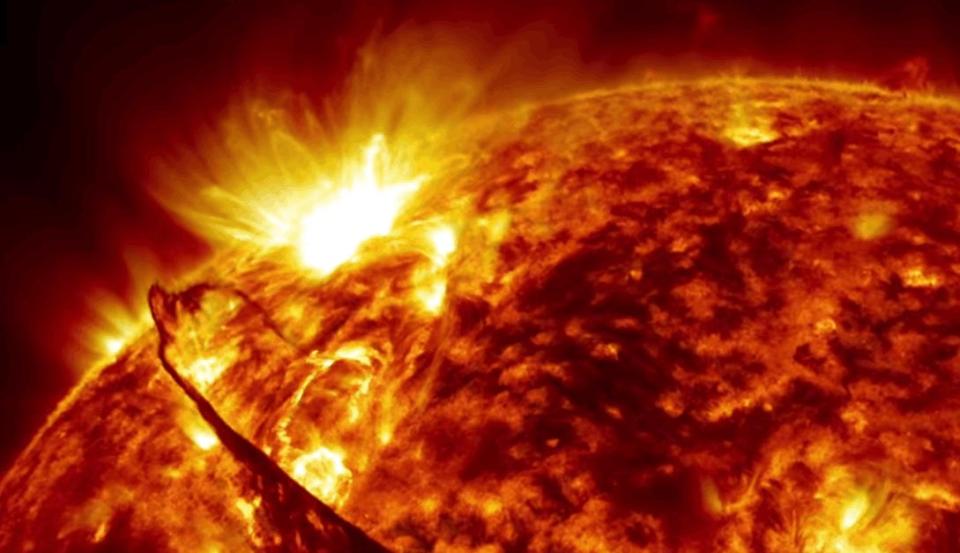

One of the biggest events this year will be a historically cool total solar eclipse crossing the US in April. It is estimated that some 7.4 million people will travel to the path of totality to witness this rare event.
Another exciting event involves NASA’s main solar probe, which will skim the Sun’s surface in December and fly closer than any other spacecraft.
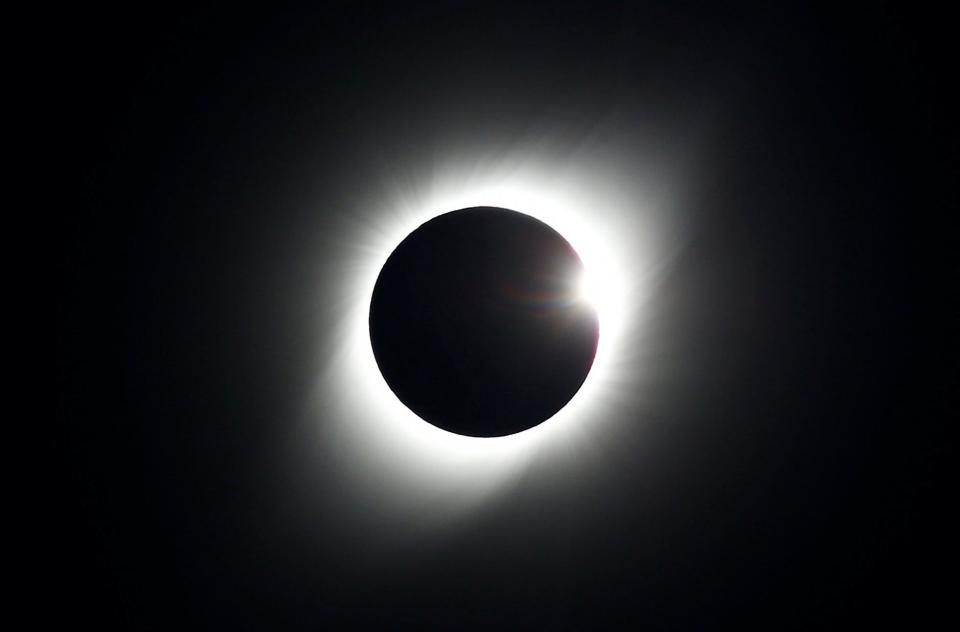

In the meantime, the Northern and Southern Lights will certainly have an impressive year.
Over the past year we have already seen beautiful aurora reaching as far south as Arizona. And as solar storm activity, which helps fuel auroras worldwide, is set to increase, we could continue to see the Northern Lights illuminate the US sky at unusually low latitudes.
For viewers in Australia, New Zealand and South America, the Southern Lights (aurora australis) will also provide spectacular displays.


It will take about eleven years – a full solar cycle – for the aurora to become so active again.
“The sun touches everything, and we challenge you to experience the sun in as many ways as possible,” said Kelly Korreck, NASA’s program manager for the upcoming solar eclipse, during the AGU roundtable.
The Great Year of the Sun begins with a total solar eclipse
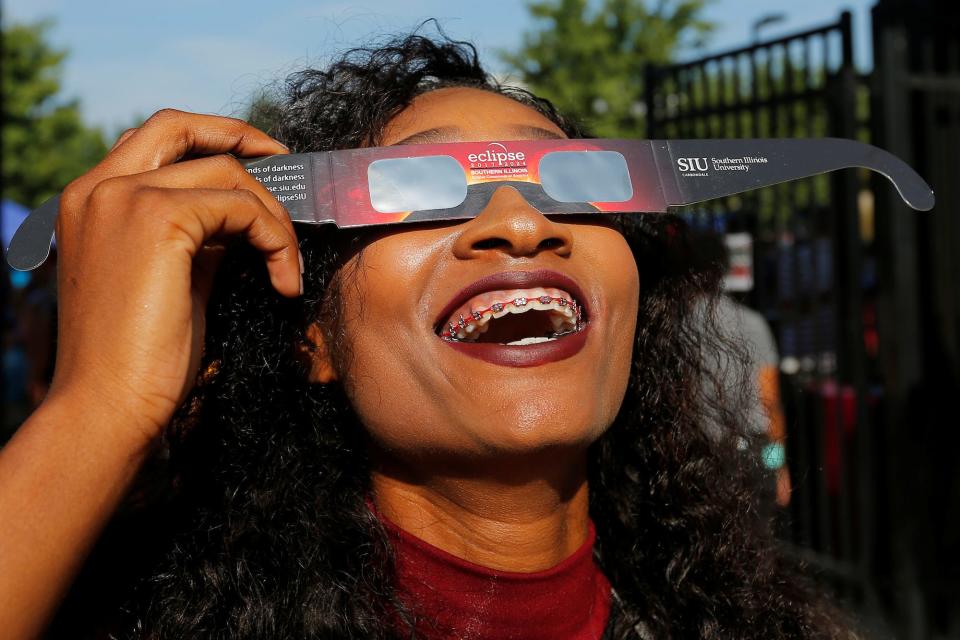

While the rest of us put on our eclipse glasses or look out for the pink and green ribbons of the aurora, astronomers will be busy at work. This year’s solar events are a huge scientific opportunity.
For example, NASA is launching three rockets during April’s total solar eclipse, loaded with instruments to study how the sudden darkness changes our upper atmosphere.
A total solar eclipse offers scientists a unique opportunity to observe the corona – the outermost layer of the Sun’s atmosphere. The corona is over 100 times hotter than the surface of the Sun, but scientists can’t explain why and it is one of the biggest mysteries in our solar system. Because the moon blocks the sun’s main disk during a solar eclipse, only the corona is visible.
NASA’s Parker Solar Probe and the European Space Agency’s Solar Orbiter will also view the eclipse from two different vantage points in space, orbiting close to the sun. That extra data could help scientists obtain 3D observations of the corona, and validate measurements from Earth-based observatories.
That is just one fleeting moment of the great year of the sun. Throughout 2024, as solar activity increases, numerous observatories and physicists will be watching closely.
The sun will become more and more active
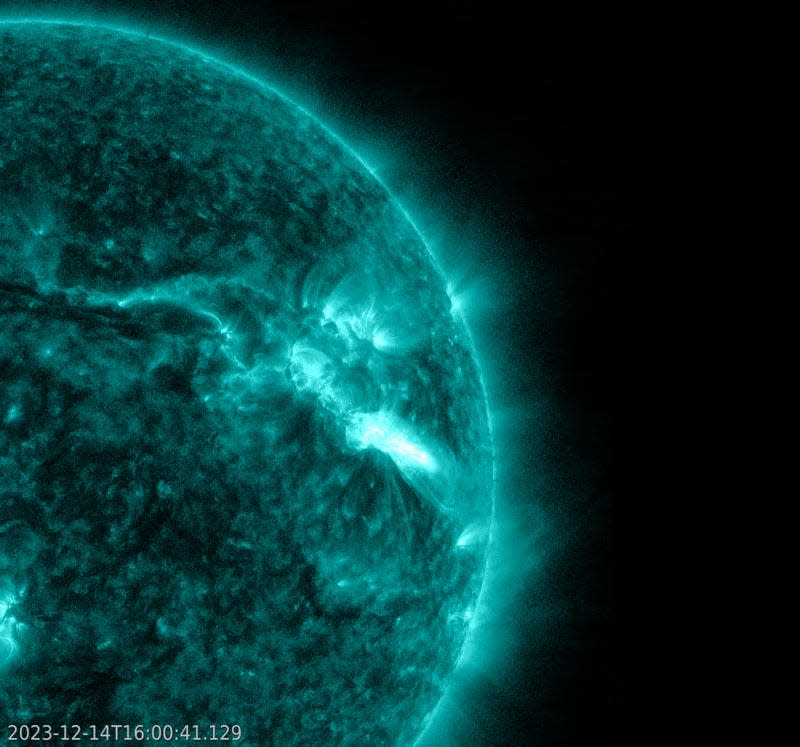

When the sun belches plasma and charged particles into space, they can rush toward Earth, travel along our planet’s magnetic field lines to the poles and interact with molecules in our atmosphere to create the aurora. They can also knock satellites out of orbit and crash through technologies on the ground, causing radio interference and interfering with GPS.
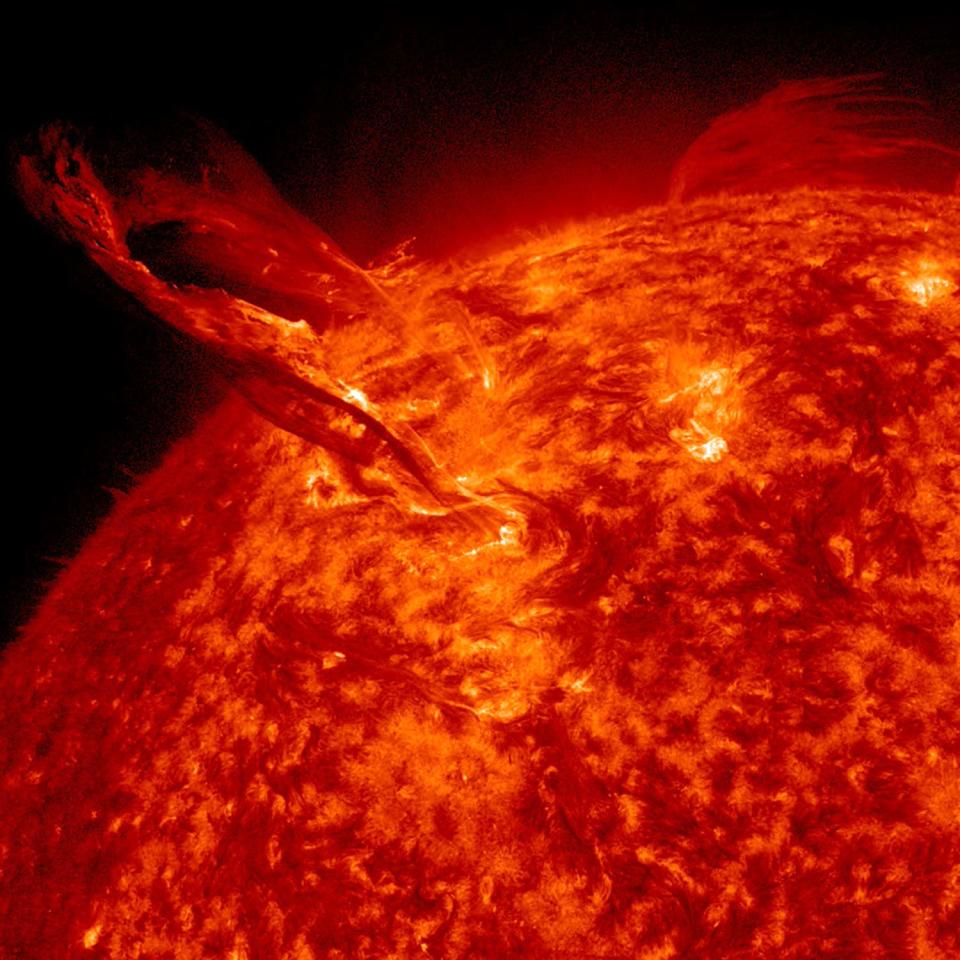

There is always a steady flow of this ‘solar wind’, but eruptions on the Sun can send a powerful tidal wave of solar wind towards our planet. Scientists call that space weather. These storms are becoming more common as the sun climbs toward peak activity.
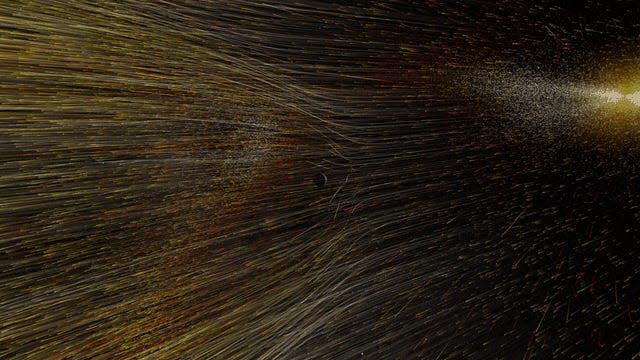

People on Earth are safe from these bursts of solar activity, except for the rare occasions when they can cause power or radio outages. But as NASA and other space agencies send humans back to the moon and on to Mars, space weather will become a safety issue for them.
Studying solar eruptions and solar flares can help scientists better predict space weather in the future. That could be crucial for long-distance spaceflight.
“If we want to win the race to Mars, we need to be aware of space weather everywhere,” Nour Raouafi, chief scientist of the Parker Solar Probe, said during the roundtable.
NASA will almost land on the sun by the end of this year
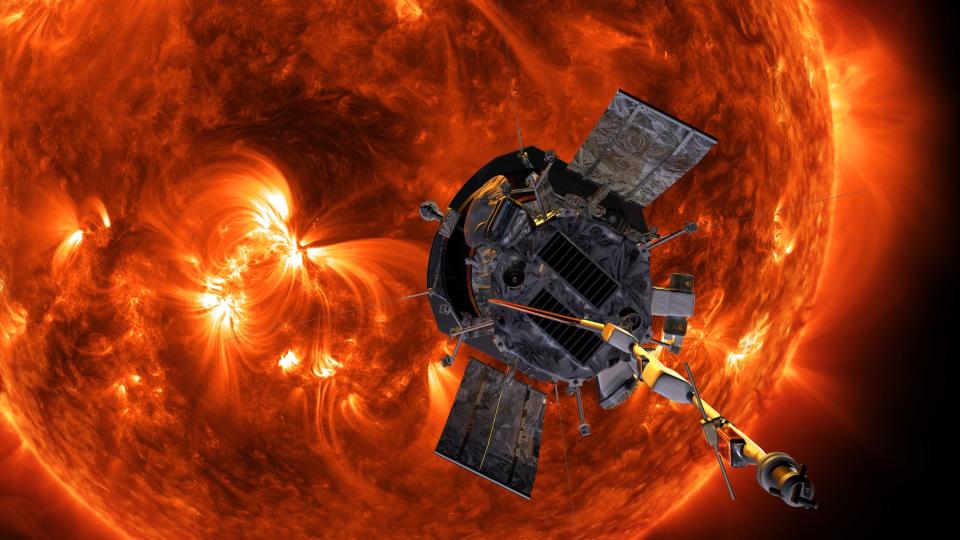

However, the “crown jewel” of the great year of the sun falls on December 24, Raouafi said. That’s when the Parker Solar Probe will fly closer to the sun than any spacecraft has ever been, about 4 million miles from the surface.
For comparison, Earth is 93 million miles from the sun.
During this short flight, the probe will encounter unfathomably extreme heat and radiation, with temperatures as high as 2,600 degrees Fahrenheit.
Collecting data so close to the source of the solar wind can help scientists understand how it forms. It will also fuel research into the corona.
“This is a monumental achievement for all of humanity. This is equivalent to the moon landing of ’69. Now we are actually almost landing on a star,” Raouafi said.
Read the original article on Business Insider